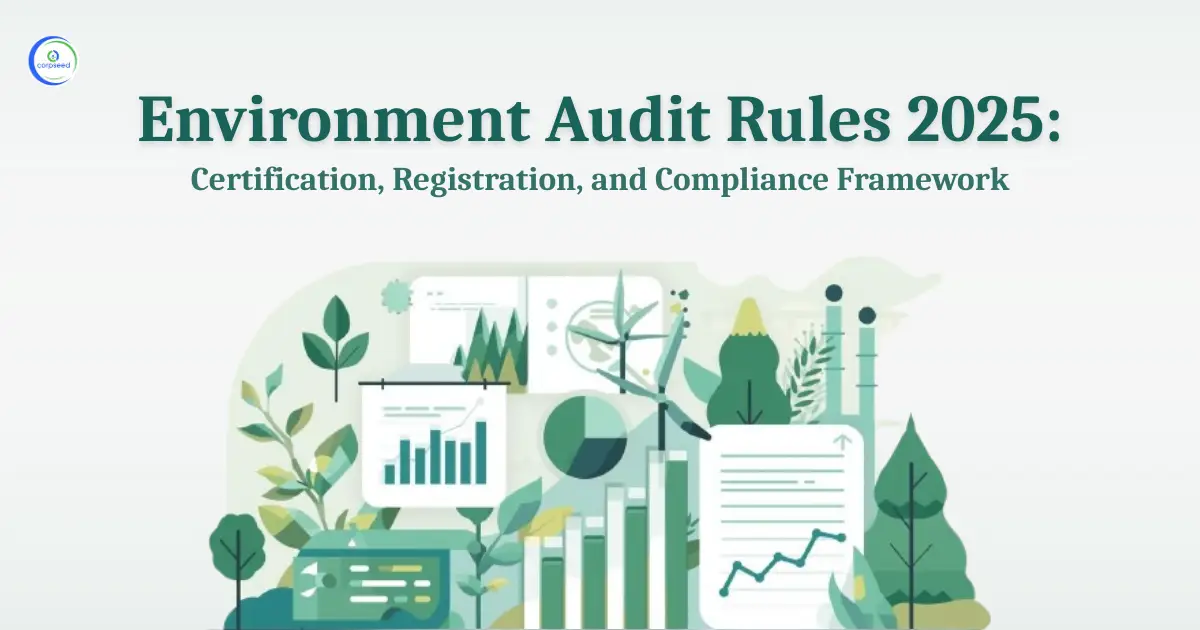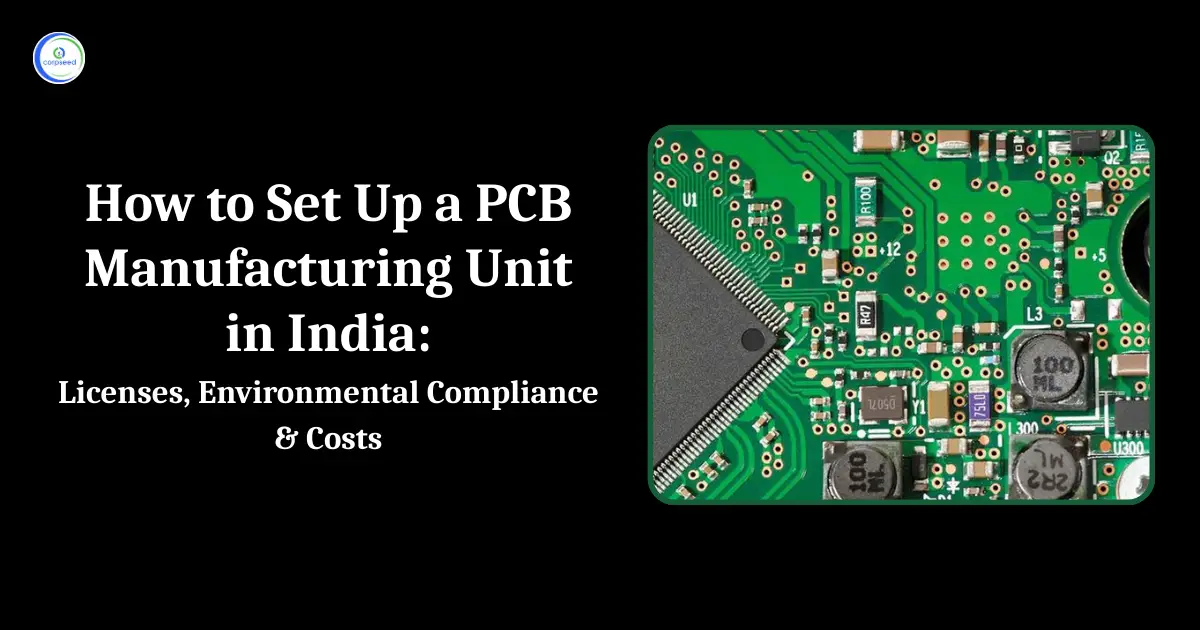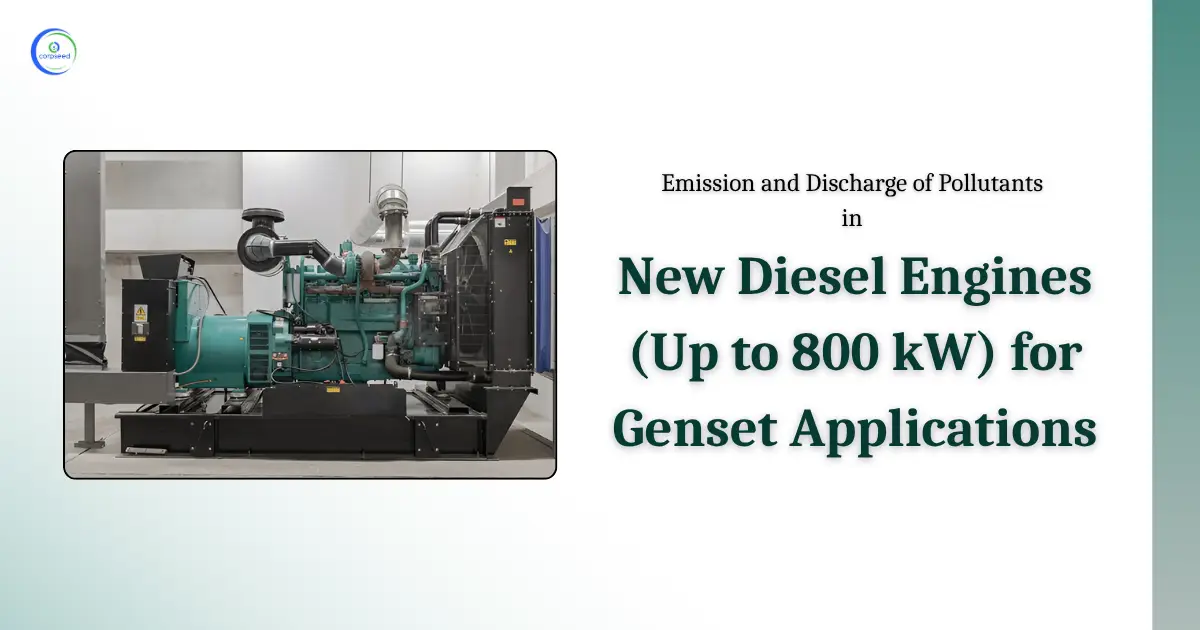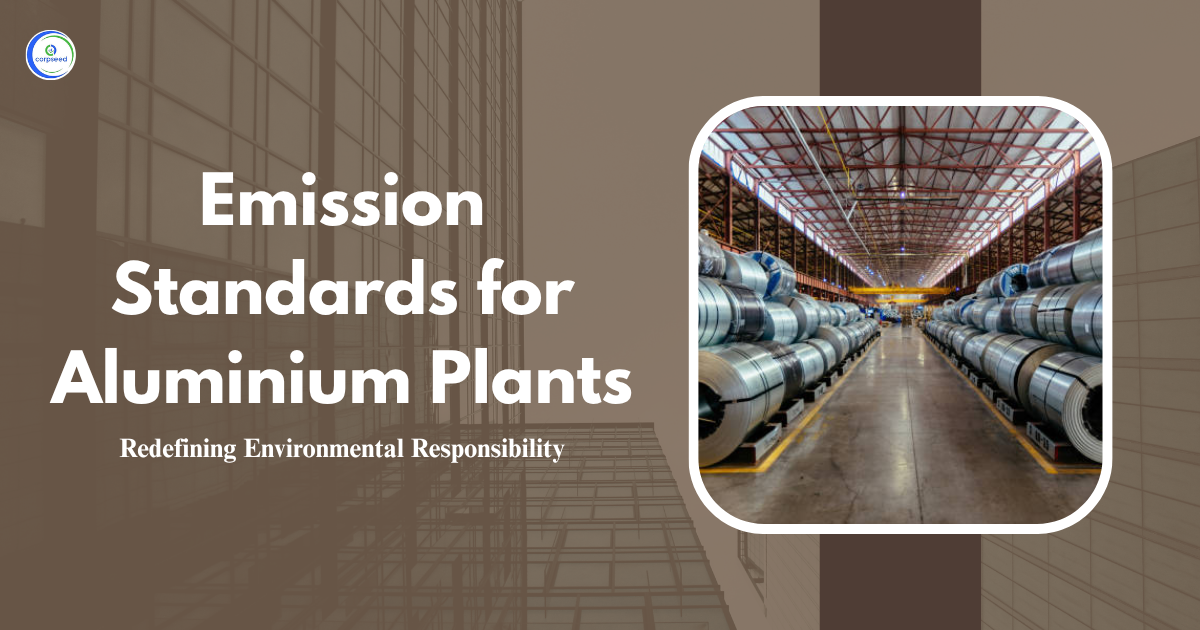The production of nitric acid is an essential process in industries like fertilizers, explosives, and chemicals. However, NOx emissions from nitric acid production pose significant environmental challenges. Nitrogen oxides (NOx) are pollutants that contribute to air pollution, smog, and acid rain, adversely affecting both the environment and human health. As a result, regulatory bodies such as the CPCB (Central Pollution Control Board) and SPCB (State Pollution Control Board) have set stringent emission standards to control the release of NOx emissions from industrial processes.
Table of Contents
--------------Blog Contact Form-------------
What is Nitric Acid Production and Its Environmental Impact?
Nitric acid production plays a crucial role in various industries, including fertilizers, explosives, and chemicals. The primary method of nitric acid production is through the Ostwald process, where ammonia is oxidized to form nitrogen oxides (NOx emissions), which then combine with oxygen to form nitrogen dioxide. These nitrogen oxides are significant contributors to air pollution.
The environmental impact of NOx emissions from nitric acid plants can be severe. These emissions are a major source of smog and acid rain, which harm ecosystems, damage aquatic habitats, and degrade soil quality. Additionally, the emission standards for NOx emissions in the production of nitric acid are crucial to minimize these negative environmental impacts. Both CPCB and SPCB regulate the permissible emission limits for industrial plants to ensure that they do not exceed harmful thresholds.
Permissible Standards for NOx Emissions from Nitric Acid Plants
The CPCB (Central Pollution Control Board) has set emission standards for NOx emissions in nitric acid production, aiming to curb air pollution and protect the environment. These emission standards limit the NOx emissions to a maximum of 3 kilograms of NOx per tonne of weak acid produced (before concentration). These standards are vital for ensuring that nitric acid plants operate in an environmentally responsible manner.
Similarly, the SPCB (State Pollution Control Board) enforces these standards at the state level, ensuring that plants comply with the permissible emission limits and adhere to environmental guidelines. The Continuous Emission Monitoring System (CEMS) is a critical tool used to track and monitor NOx emissions in real-time. It helps in ensuring that plants comply with the emission standards set by both the CPCB and SPCB.
| S.No. | Industry | Parameter | Standards |
| 22 | Nitric Acid (Emission Oxides Of Nitrogen) | Emission Oxides Of Nitrogen | 3 kilogramme of oxides of nitrogen per tonne of weak acid (before concentration) produced. |
This system helps reduce the environmental impact of nitric acid production by keeping NOx emissions within safe limits.
Why Are These Limits Important?
The limits on NOx emissions from nitric acid production are essential for a variety of reasons:
- Air Quality Control: NOx emissions are a major contributor to air pollution. By enforcing emission standards, both the CPCB and SPCB ensure that industrial plants do not release harmful levels of NOx emissions, which helps improve air quality and public health.
- Prevention of Acid Rain: The NOx emissions contribute to the formation of acid rain, which damages ecosystems, harms aquatic life, and degrades soil health. Strict emission standards are key to reducing these pollutants.
- Climate Change Mitigation: NOx emissions also contribute to the greenhouse effect. By enforcing permissible emission limits, plants help reduce their carbon footprint and support global climate change efforts.
- Health Impacts: Elevated NOx emissions are linked to respiratory issues. The regulation of these emissions helps protect vulnerable populations from the harmful effects of air pollution.
- Environmental Clearances: For a plant to operate legally, it must obtain environmental clearances from the CPCB and SPCB. These clearances ensure that the plant complies with the required emission standards for NOx emissions.
Monitoring and Compliance
Ensuring compliance with emission standards for NOx emissions is essential for protecting the environment. The Continuous Emission Monitoring System (CEMS) plays a pivotal role in this process. By providing real-time data on NOx emissions, CEMS allows regulatory authorities such as the CPCB and SPCB to track emissions and ensure that plants remain within the permissible emission limits.
The CPCB and SPCB regularly monitor industrial plants to verify that they are meeting the required standards. Non-compliance with emission standards can result in penalties, fines, and even the suspension of operations. In addition to the monitoring systems, plants must undergo regular inspections, and failure to meet the standards can delay the issuance of environmental clearances.
Conclusion
The production of nitric acid is vital to several industries, but it also comes with significant environmental challenges, especially in terms of NOx emissions. The CPCB and SPCB have set comprehensive emission standards to ensure that nitric acid plants minimize their NOx emissions and reduce their environmental impact. By adhering to these standards and employing monitoring technologies like CEMS, industries can operate sustainably while ensuring that their emissions remain within the permissible emission limits.
Furthermore, environmental clearances are necessary to ensure that plants are compliant with environmental regulations before they begin operations. These clearances guarantee that the plant’s activities do not harm the environment or public health. The enforcement of emission standards, alongside technologies that track NOx emissions, ensures that industrial processes like nitric acid production continue without compromising environmental integrity.
This portion of the site is for informational purposes only. The content is not legal advice. The statements and opinions are the expression of author, not corpseed, and have not been evaluated by corpseed for accuracy, completeness, or changes in the law.
BOOK A FREE CONSULTATION
Get help from an experienced legal adviser. Schedule your consultation at a time that works for you and it's absolutely FREE.







_Corpseed.webp)
.webp)
